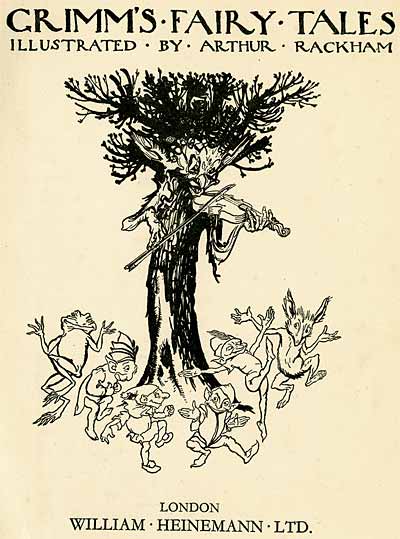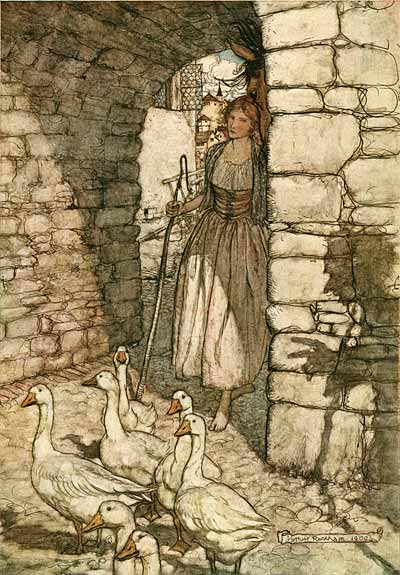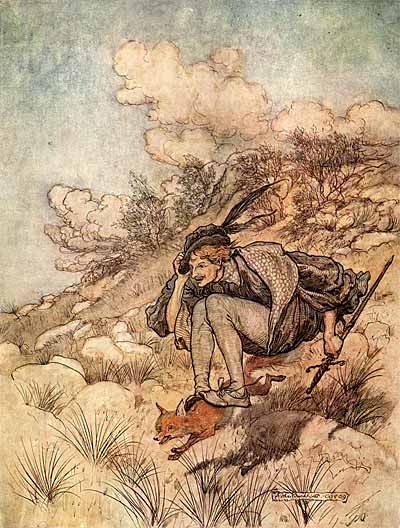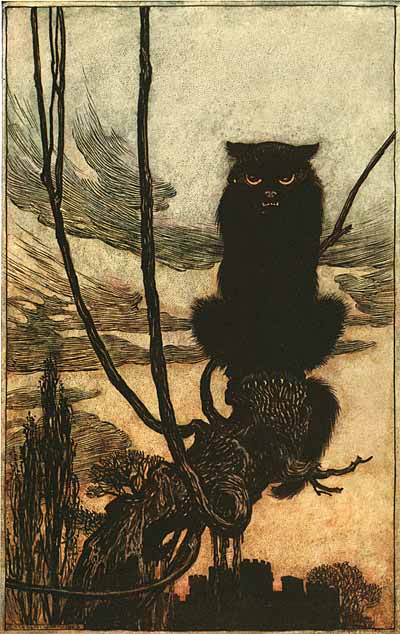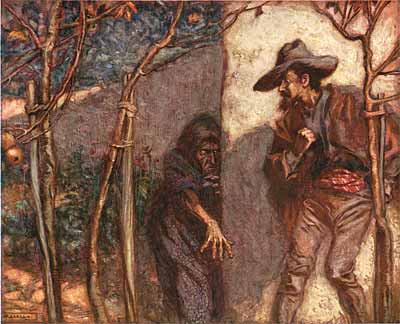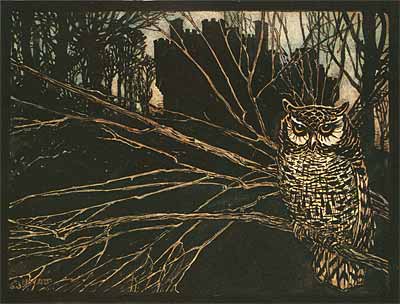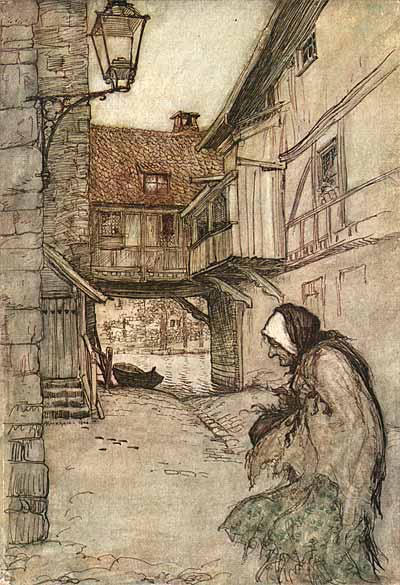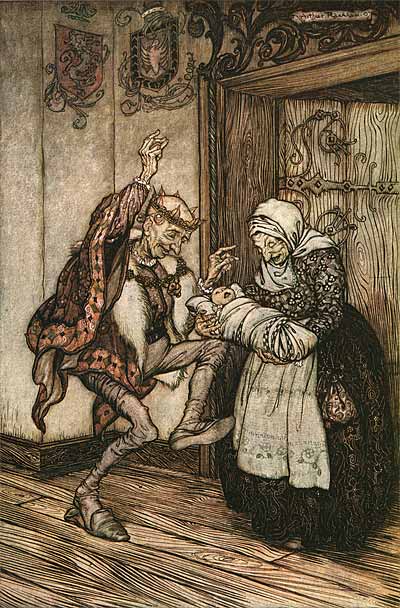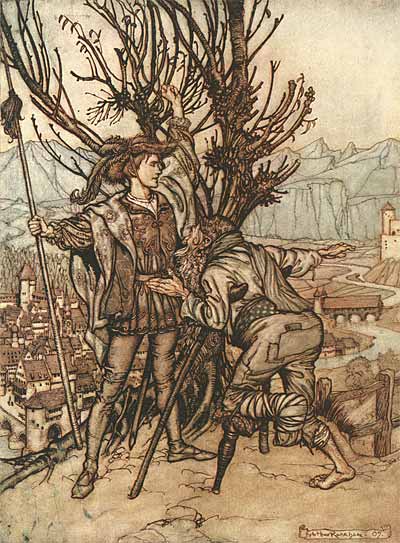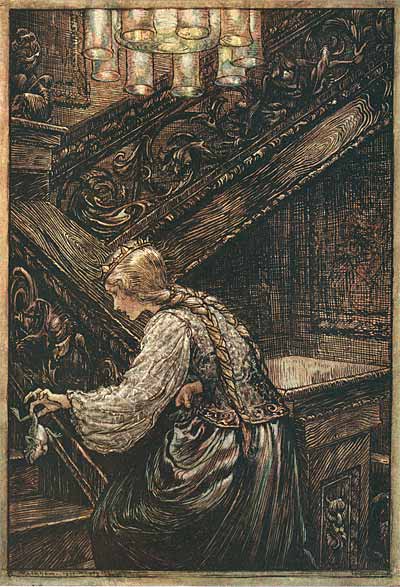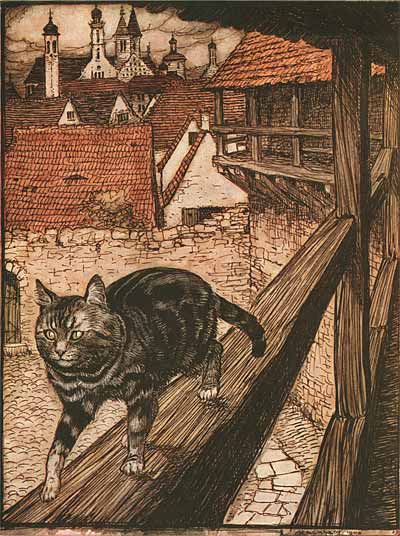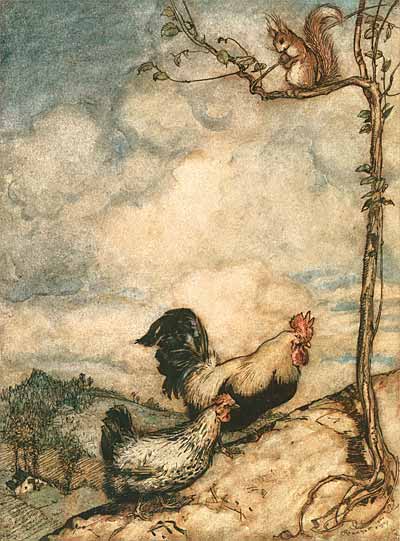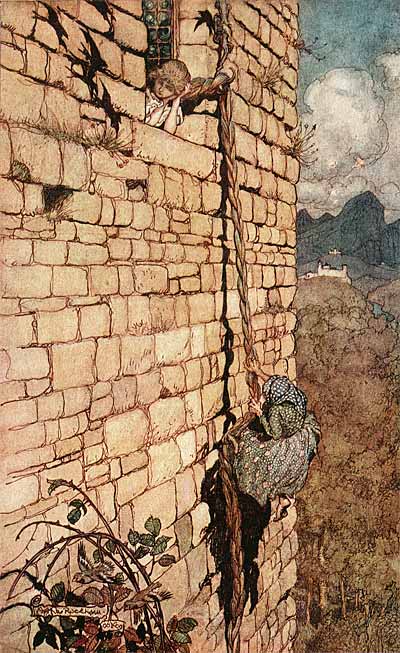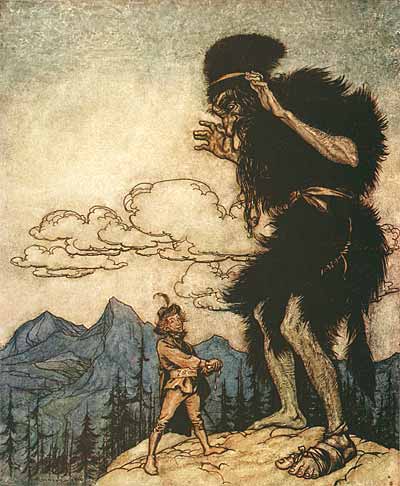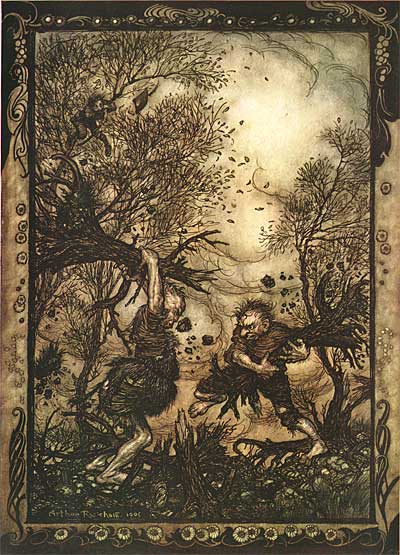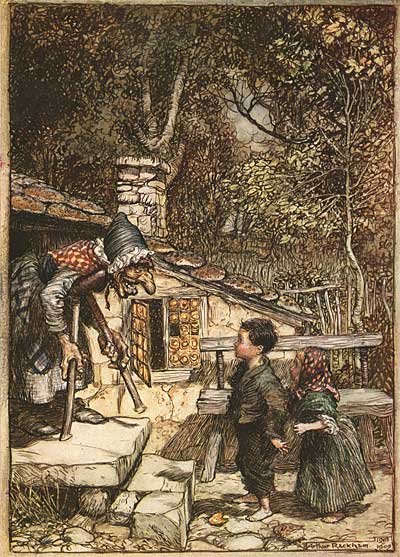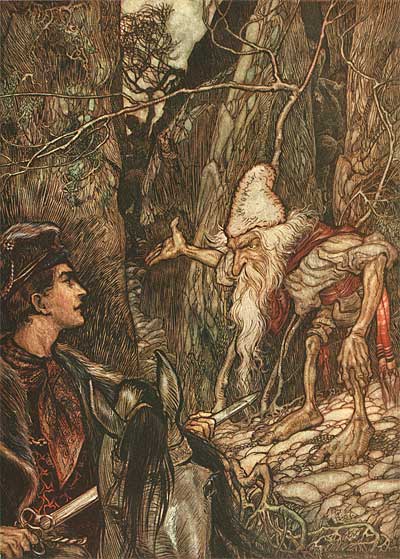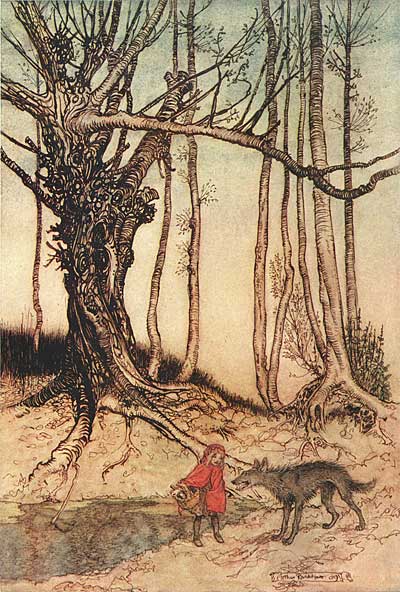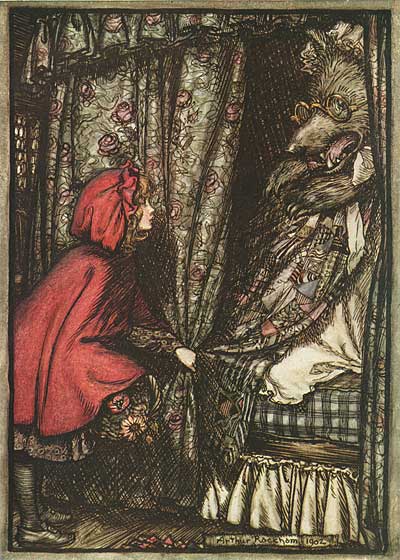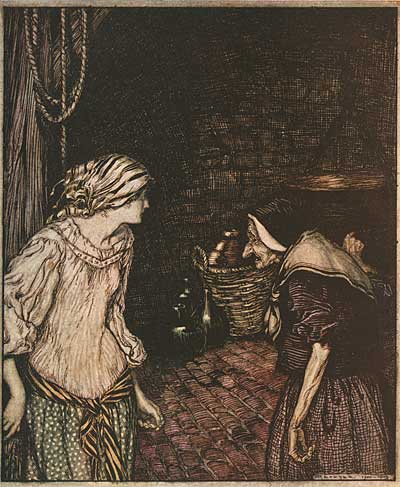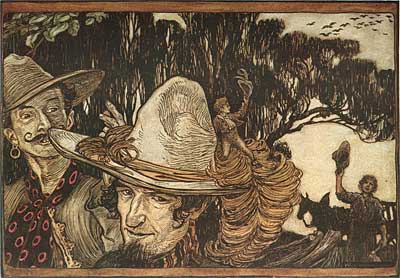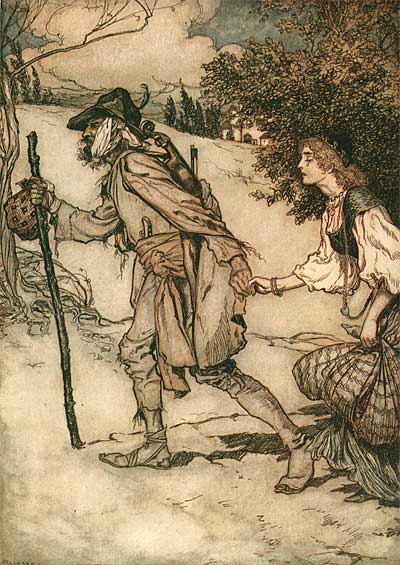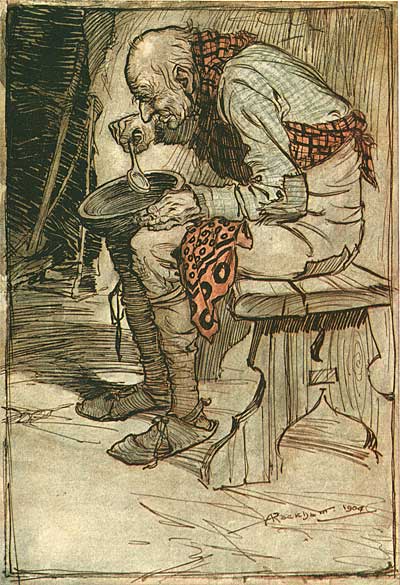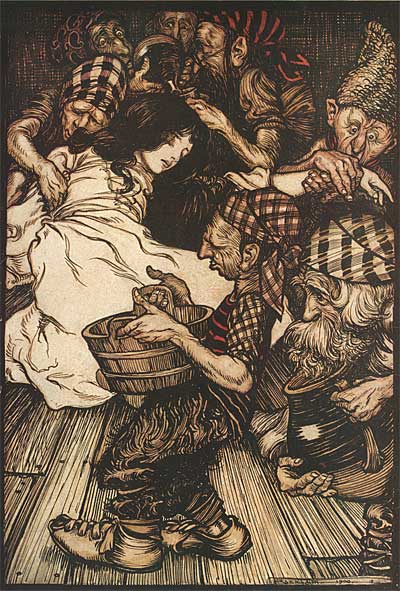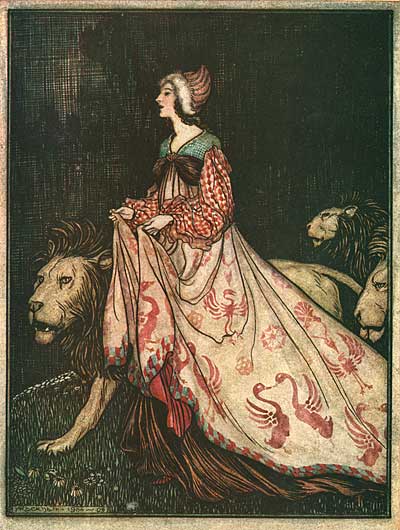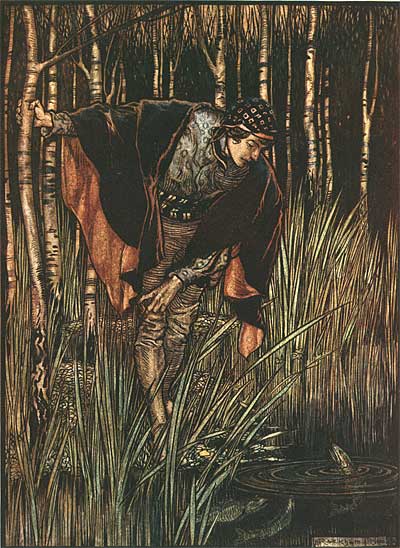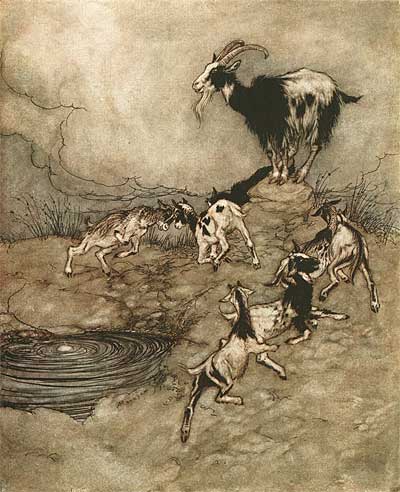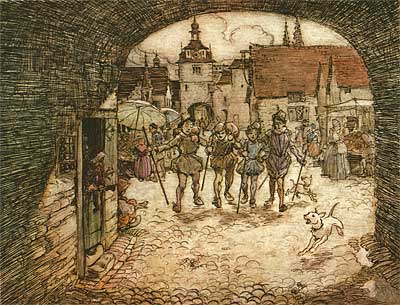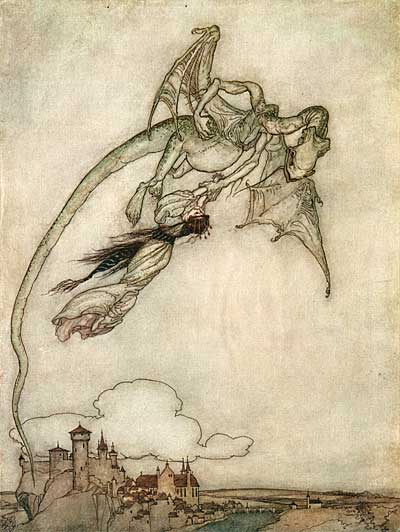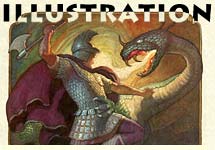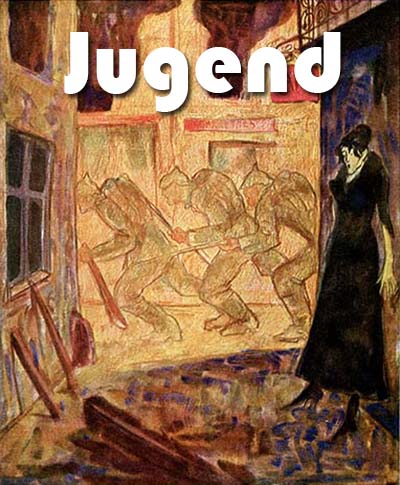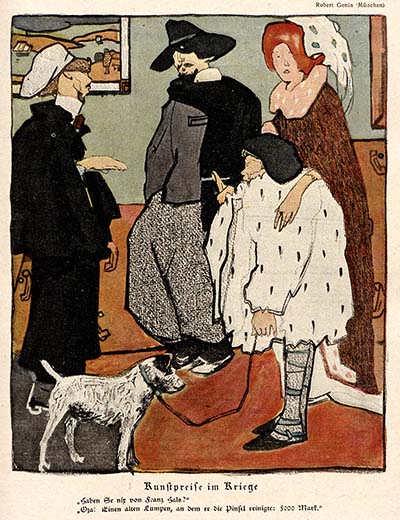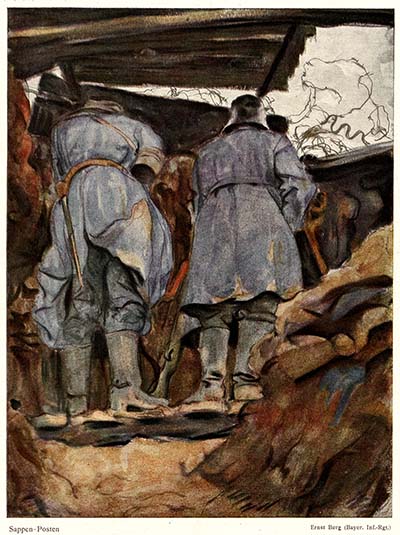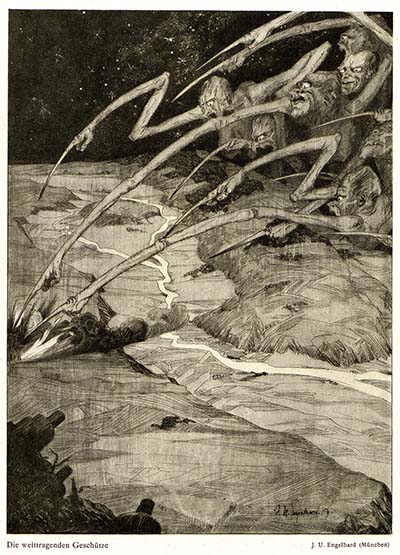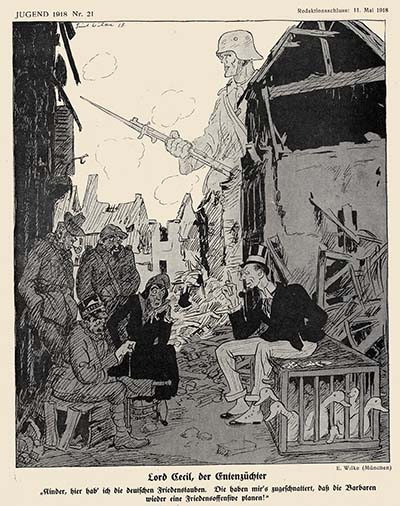Every other month, members of Animation Resources are given access to an exclusive Members Only Reference Pack. In march 2016, they were able to download this collection of high resolution engravings by Gustave Dore. Our Reference Packs change every two months, so if you weren’t a member back then, you missed out on it. But you can still buy a copy of this great e-book in our E-Book and Video Store. Our downloadable PDF files are packed with high resolution images on a variety of educational subjects, and we also offer rare animated cartoons from the collection of Animation Resources as downloadable DVD quality video files. If you aren’t a member yet, please consider JOINING ANIMATION RESOURCES. It’s well worth it.
CLICK to Buy This E-Book
PDF E-BOOK:
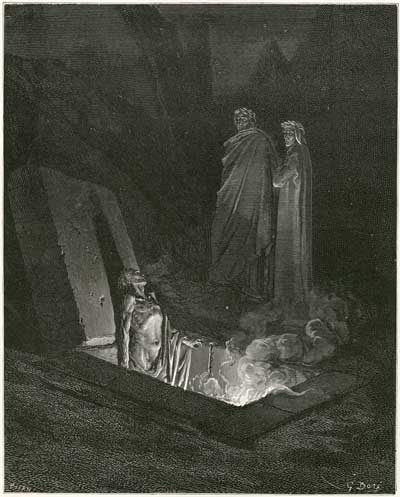
101 BEAUTIFUL IMAGES BY GUSTAVE DORE
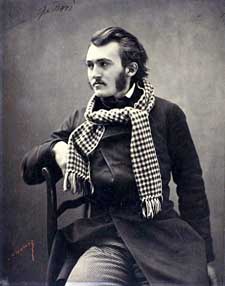
 Gustave Dore was probably the most famous illustrator who ever lived. He was born in 1832 in Strasbourg, France and began drawing at the age of five. He was entirely self-taught with an instinctual knack for light, form and composition. At the age of 15, he talked his way into the office of publisher, Charles Philipon to show him his sketches. At first Philipon found it amusing that such a young boy would be so brash, but once the drawings were laid out in front of him, he couldn’t believe his eyes- He thought it must be a trick. Dore sat down at his desk and proceeded to knock out a few more sketches for him on the spot to prove that the work was indeed his. Young Dore was immediately signed to a contract, and within a year, he was the highest paid illustrator in France, exceeding the per page rate of Honore Daumier, France’s most celebrated printmaker at the time.
Gustave Dore was probably the most famous illustrator who ever lived. He was born in 1832 in Strasbourg, France and began drawing at the age of five. He was entirely self-taught with an instinctual knack for light, form and composition. At the age of 15, he talked his way into the office of publisher, Charles Philipon to show him his sketches. At first Philipon found it amusing that such a young boy would be so brash, but once the drawings were laid out in front of him, he couldn’t believe his eyes- He thought it must be a trick. Dore sat down at his desk and proceeded to knock out a few more sketches for him on the spot to prove that the work was indeed his. Young Dore was immediately signed to a contract, and within a year, he was the highest paid illustrator in France, exceeding the per page rate of Honore Daumier, France’s most celebrated printmaker at the time.
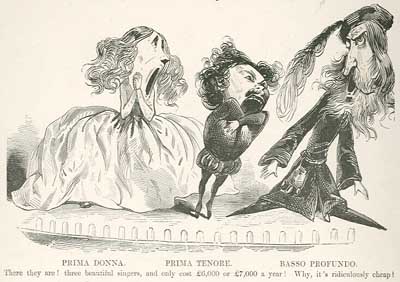
Dore is primarily known as an illustrator today, but his first successes were in the field of cartooning. Thousands of his "grotesque caricatures" were published in various magazines in France in the 1850s and 1860s, as well as appearing in the prestigious British humor magazine, Punch. The cartoons in this article appeared in a book titled 200 Sketches Humorous and Grotesque which was published in London in 1867. (More on that amazing book in the near future…) Dore’s style ranged from the wildest exaggeration to classically constructed human figures- and every variation between the two. In addition to drawing, he was also an accomplished painter, sculptor and engraver.

In 1847, Dore decided he wanted to create a book of engravings based on a great literary work, Dante’s Inferno. He visited the offices of Louis Hachette, the most successful publisher in Paris. Even though no book up to that point had sold for more than 15 Francs, Dore told Hachette that he wanted to produce a deluxe oversize book of engravings that would sell for 100 Francs. The publisher scoffed at the idea and assured him that no book would ever sell at that price. But Dore called his bluff, offering to pay the printing and binding expenses if Hachette would manufacture and distribute the book for him. Dore created 76 full page engravings for Inferno, and financed a print run of 100 large format books. Within two weeks, the first printing had sold out and Hachette was eager to eat his words and publish the book on Dore’s terms.
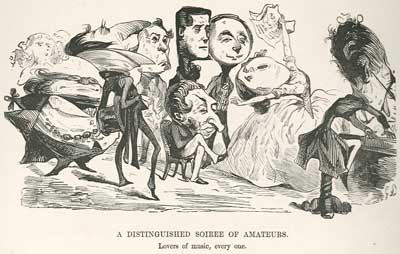
With a team of the greatest available engravers working under his supervision, Dore went on to create iconic engravings for Don Quixote, Baron Munchausen, Fontaine’s Fables, Milton’s Paradise Lost and the Bible, among many others. In just three years, he produced over 2,000 engravings, and continued to maintain an incredible pace for another two decades. Although Dore’s paintings and sculptures were exhibited in museums with great success, his most important legacy wasn’t as a fine artist. Vincent Van Gogh called him… "an artist of the people". Dore was the first serious artist to use the power of modern technology, specifically engraving and electrotypes, to deliver his art directly to the masses. His Bible illustrations alone were published in almost 1,000 editions around the world. Just about every serious reader in the late 19th century had at least one volume in his library that included Dore illustrations, and his work continues in print to this day.
CLICK to Buy This E-Book
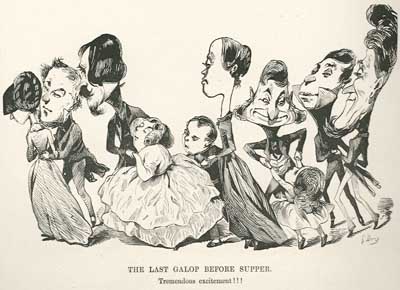
The influence of the imagery of Gustave Dore can be seen in classic movies like Intolerance, King Kong, Great Expectations and The Ten Commandments. Despite the fact that Dore’s engravings are nothing more than lines etched in black and white, he achieved a remarkable sense of scale, depth and mass, as well as truly spectacular lighting effects. It’s no wonder that the masters of epic filmmaking, D.W. Griffith, Cecil B. DeMille and David Lean referred to Dore’s illustrations for their set designs. Stop-motion animators, Willis O’Brian and Ray Harryhausen have cited Dore as one of their main influences as well. Harryhausen was quoted in an interview as saying, "I’ve always wanted to do Dante’s Inferno, because of Gustave Dore. He had done the first illustrated book of Dante’s Inferno- A Trip Through Hell. I felt that would look terrific in animation, but when I got deeper into it, I thought, ‘Will people be able to sit through an hour and half of tormented souls writhing in Hell?’ Although these days they sit through over two hours of tormented souls!"

Set design for D.W. Griffith’s "Intolerance" (1916). See Dore’s depiction of Babylon below.
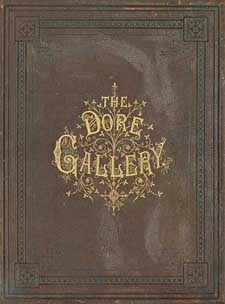
 Animation Resources was fortunate to obtain an 1870 edition of the most monumental collection of Dore images ever published, The Dore Gallery. Referred to in the book trade as an "elephant folio" because of its huge size, this two volume set contains hundreds of high quality engravings from many of Dore’s greatest works. Our scanning team has been carefully digitizing this amazing book, resulting in archival quality scans.
Animation Resources was fortunate to obtain an 1870 edition of the most monumental collection of Dore images ever published, The Dore Gallery. Referred to in the book trade as an "elephant folio" because of its huge size, this two volume set contains hundreds of high quality engravings from many of Dore’s greatest works. Our scanning team has been carefully digitizing this amazing book, resulting in archival quality scans.
REFPACK009: 101 Beautiful Images By Gustave Dore

Adobe PDF File / 198 Pages
198 MB Download
CLICK to Buy This E-Book
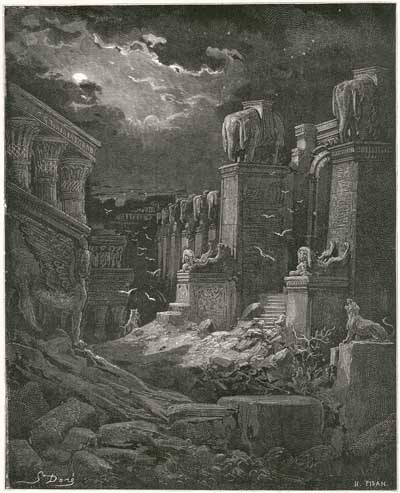
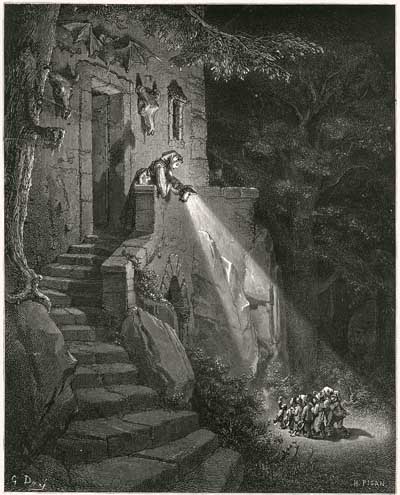
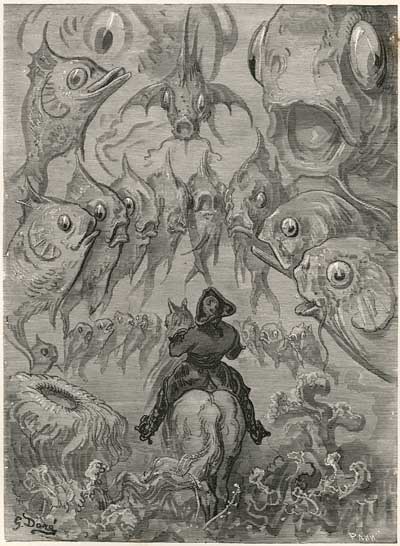
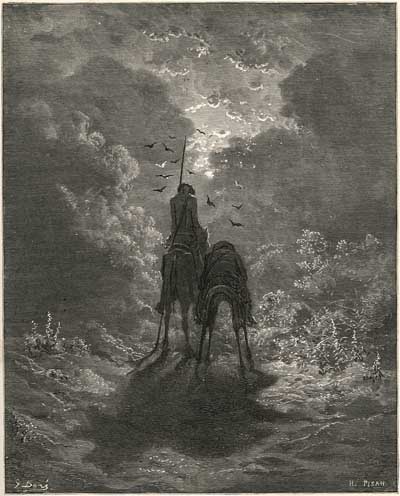
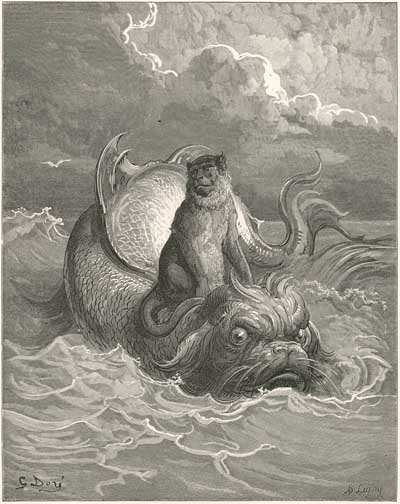


CLICK to Buy This E-Book
Not A Member Yet? Want A Free Sample?
Check out this SAMPLE REFERENCE PACK! It will give you a taste of what Animation Resources members get to download every other month!

JOIN TODAY To Access Members Only Content









 by
by 
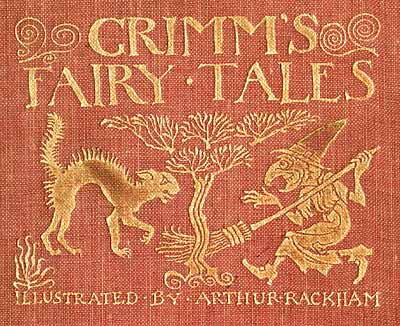
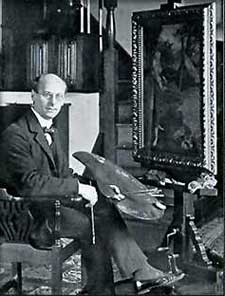
![]() Arthur Rackham was one of the most influential illustrators who ever lived. If you aren’t familiar with his work, see Bud Plant’s biography. These scans are from a first edition of Grimm’s Fairy Tales from 1909. This book is packed with amazing color plates and ink sketches.
Arthur Rackham was one of the most influential illustrators who ever lived. If you aren’t familiar with his work, see Bud Plant’s biography. These scans are from a first edition of Grimm’s Fairy Tales from 1909. This book is packed with amazing color plates and ink sketches.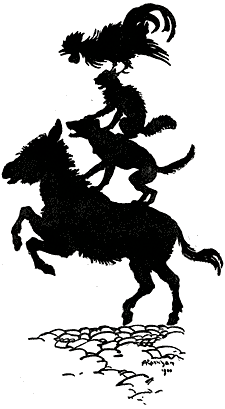
![]() Walt Disney admired Rackham’s watercolor and pen & ink style, and instructed Gustaf Tenggren to work with Claude Coates and Sam Armstrong to adapt it for use in Snow White and the Seven Dwarfs. In animation backgrounds however, the sinewy Rackham line was overly busy, distracting from the characters; so Tenggren evolved towards the more dimensional painting style which reached its peak in Pinocchio, setting the standard for Disney cartoons throughout the 1940s.
Walt Disney admired Rackham’s watercolor and pen & ink style, and instructed Gustaf Tenggren to work with Claude Coates and Sam Armstrong to adapt it for use in Snow White and the Seven Dwarfs. In animation backgrounds however, the sinewy Rackham line was overly busy, distracting from the characters; so Tenggren evolved towards the more dimensional painting style which reached its peak in Pinocchio, setting the standard for Disney cartoons throughout the 1940s.